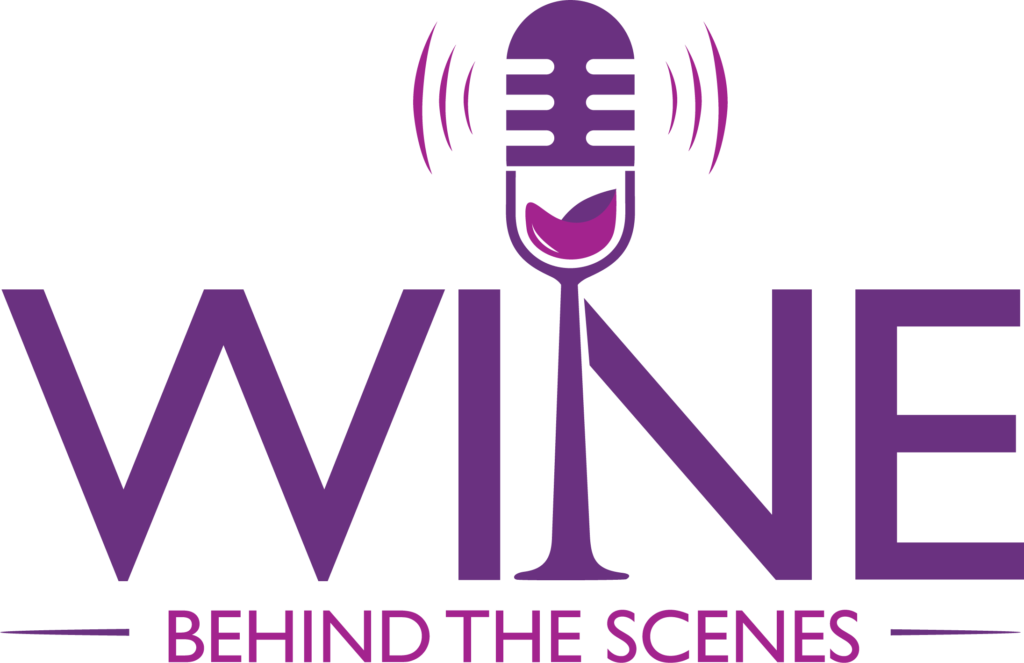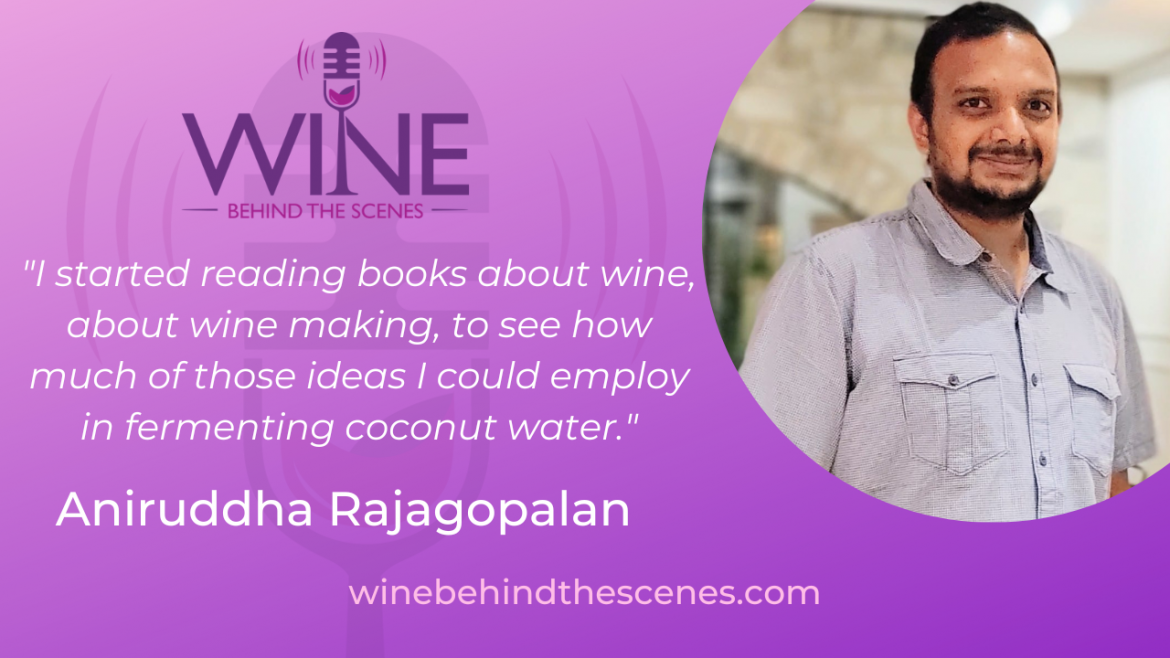Tinkering with coconut water and life in the laboratory was not what Aniruddha Rajagopalan was meant to do. Instead, he became a winemaker.
The funny thing is, he had no exposure to wine growing up. The alcoholic beverages that he knew were popular in India were spirits and beer. Indian people consume far less wine each year than you might think, plus Indian culture discourages drinking alcohol.
As unusual as it may be, meet an Indian winemaker. In this episode, Ani talks about how he was fortunate to study winemaking abroad in Europe as well as learn foreign languages. As a result, he was able to travel on various adventures across the globe and discover all the essential aspects of winemaking.
What you will learn from this episode:
- Find out about India’s young wine industry including an interesting fact about people’s consumption of alcoholic beverages.
- Learn about how he became a winemaker by first tinkering with coconut water in the lab.
- Discover and understand the real work that goes behind winemaking.
- Know how to become a well-rounded winemaker and also be adept at marketing, finance, and the selling aspects of it.
- Get to understand the importance of decision-making and the organizational matters that go with winemaking, especially that of a small winery.
- Learn how to scout for educational opportunities about winemaking in prestigious schools around the globe and travel for work and leisure.
- Find out the best ways to learn foreign languages like French and German.
Aniruddha Rajagopalan was born in India. He earned a degree in Microbiology at St. Joseph College in Bangalore, India. As the opportunity opened up for him, he went to study and finish MSc in Viticulture and Oenology at Montpellier, France, and Geisenheim, Germany.
He is proficient in both French and German languages. His work experiences include: Project trainee at the Centre for Sustainable Technologies, IISc/ in Bangalore, India, a cellarhand at Weingut Schloss Reinhartshausen and Wein und Sekthaus Schlossbergh in Eltville-Erbach and in Bingen, Germany, respectively. He was also once a cellarhand this time at Spring Creek Vintners Ltd. in Marlborough, New Zealand. Before coming to Canada, his last post was at KRSMA Estates Pvt. Ltd in Karnataka, India, as winemaker.
And currently, he is now a consulting winemaker at Fernwood Estates, Bainsville, ON; at the same time a tasting room staff at Buyers and Cellars Tasting Room, Ottawa, ON, and a viticultural specialist at Databaum, Basel, Switzerland.
Connect with Aniruddha Rajagopalan:
- Instagram: https://www.instagram.com/ani_rajagopalan/
- LinkedIn: https://www.linkedin.com/in/aniruddha-rajagopalan-b42524119
- Email: anifrommanu@gmail.com
Topics Covered:
04:09 – Sharing about his birthplace and where he is originally from
05:23 – India’s staple alcoholic beverages
06:04 – When did the first winery in India was put up, and Indian people’s average consumption
07:15 – Becoming a winemaker, even with no exposure to wine in his childhood and early adult life
12:29 – Taking the chance to go to Europe for a Vinifera Euromasters education
13:55 – Being well-versed in foreign languages [how he managed to learn six languages, especially French and German]
16:34 – One good thing about studying in Europe regarding winemaking and what it was about it that shocked him [the hard work involved behind winemaking]
22:54 – More realizations about winemaking while on the job with a small winery
23:59 – Becoming a winemaker for the first time [having control over how the wine was made and dealing with all the other important aspects of winemaking]
26:55 – Why every bit of decision matter in a small winery
Quotes from Aniruddha Rajagopalan:
“Spirits and beer are the most popular alcoholic beverages in India.“
“The early eighties was when the first winery was established in India.”
“I remember reading a statistic about 15 years ago which said the average per capita consumption of wine in India was one teaspoon’s worth (per year).”
“What I was doing in my research work there at the Center for Sustainable Technologies was trying to ferment coconut water.”
“I started reading books about wine, about wine making, to see how much of those ideas I could employ in fermenting coconut water.”
“The good thing about the program I studied in Europe was that the holidays between the first year and the second year kind of coincided with the European harvest. So you could spend your holiday working the harvest.”
“My idea of how wine was made was completely different from what it turned out to be.”
“I thought it would all just be press a button here, press a button there, and then the wine gets made and there you go. Bob’s your Uncle . Then that first harvest kind of opened my eyes to it. The first day at the winery, I spent half an hour just like wrapping up hoses to make them neat and circular.”
“There’s so much organizational stuff that you have to keep your eye on and keep thinking about.”
“I came to absolutely despise beautiful days because I knew that on the days where the weather was very good, the harvester would be running full time and you’d get truck upon truck upon truck and we’d sometimes we’d work 14, 15 hours days.”
“On the days when it rained, it was six hours, and then they’d say, well, the harvester can’t go anymore. So it was done for the day. I would love those raining days.”
“The first time that I got to be a winemaker, so to speak, where I thought about how I wanted to do it, how I wanted it to turn out and things like that. And that was great fun.”
“Working in this very, very small winery gave me a little bit of perspective about how an establishments of that size, every decision you take matters a great deal because you’re making only 4,000 liters of wine.”
“You can’t really afford to mess up a thousand liters of wine, because that’s a quarter of a year’s production.”


Leave a Reply